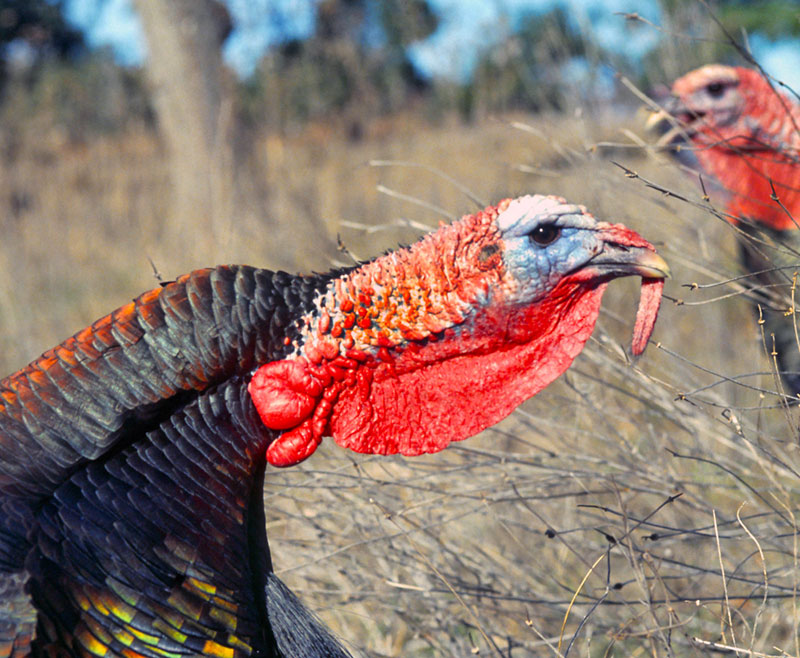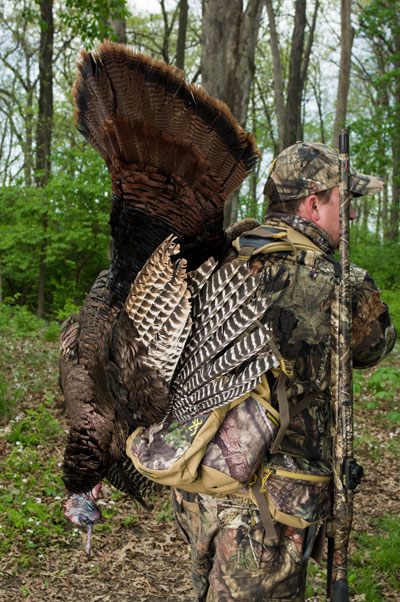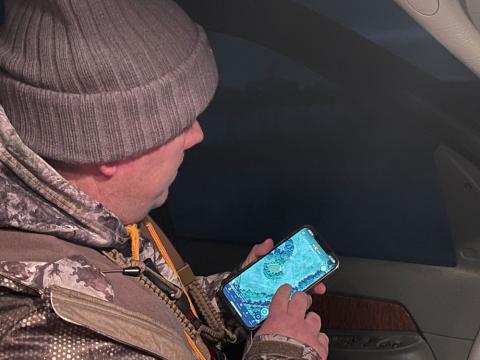provided by John E. Phillips
One of the most highly regarded turkey callers and hunters in the nation is Mossy Oak ProStaffer Paul Butski of southern New York and the small town of Scio — about six miles from the Pennsylvania border. This turkey hunter has won more than 250 turkey calling contests, three National Wild Turkey Federation Championships, two Levi Garrett All-American open turkey calling contests, six U.S. Open Turkey Calling contests and three Grand National contests — and today works with GSM Outdoors. He is one of the best public land turkey hunters. Let’s see how he can help us bag more longbeards on public land.

Mossy Oak: Paul, I know you’ve hunted and currently hunt some public land and wildlife management areas in New York. How much hunting pressure is there on these public lands?
Paul Butski: Up until the announcement of the COVID-19 pandemic, turkey-hunting pressure on public lands was declining in New York. However, one very important factor that drastically increased turkey hunting on public lands in 2020 and 2021 was the recommendation — and, in some cases, the law — concerning social distancing. When a turkey hunter’s in the woods, the last thing he wants to do is get close to other hunters. Since many people were out of work, we saw a huge influx of turkey hunters on public lands. People were looking to get outdoors, and turkey hunting was a sport that would allow them to have fun while still following social-distancing guidelines. Here in New York, the public land areas I hunt are sometimes as small as 5,000 acres or as large as 10,000 acres. In the last two seasons, there have been a huge number of turkey hunters in those woods.

If I’m hunting public lands, and I hear another hunter calling to the gobbler that I’m planning to call, I back off that turkey and go look for another gobbler to call. But if I’m calling to a turkey, and another hunter begins to call to the same gobbler I’m already talking to, I’ll get really aggressive to fire up that gobbler. Then, that gobbler will come see me rather than going to that other hunter. But let me explain this as strongly and as simply as I can: there’s no turkey worth a potential hunting accident. Generally, if I hear another hunter calling to the turkey I’m calling to, I’ll back off and let him either spook or take that gobbler. Another way that I solve this problem is by walking deeper into the woods than most turkey hunters will go or crossing three hills or three mountains to hunt away from a public-access area.
On private grounds, I like to keep a turkey gobbling to follow his location. But when I’m hunting public lands, I don’t want to keep that turkey gobbling because he’ll possibly call in other hunters. I try not to call to a public-land tom until I think I’m as close as I can get to that bird without him seeing me. By that time, the turkey shouldn’t have to fly or walk very far to come to me. I’ll try to bag that turkey as soon as he flies down off the limb. Sometimes, these gobblers won’t fly down until they see hens and may land right in the center of that flock. When I hear a turkey gobbling on the roost on public land, I want to soft call just to let him know where I am. Then, I’ll shut up and hope he flies directly to me.
Mossy Oak: Paul, something that happens to turkey hunters, especially on public lands, is only finding one gobbler to hunt. If you move in close and spook him, how do you take that gobbler?
Paul Butski: I wait until 10-11 a.m. when most of the turkey hunters are out of the woods and return to that same location to attempt to call that gobbler. I won’t set up in exactly the same spot where I’ve spooked the turkey initially. I may set up more to the left, right or deeper into the woods and probably also will change my style of calling. I can leave the area and go look for another turkey to call.
From public land to wildlife management areas to private land, pre-season scouting pays off. Not every public land turkey hunter will know where the turkeys roost, which direction they normally travel or where to set up your decoys. With a little pre-season scouting and these tips from Paul, you are better equipped to handle public land pressure this year and bag the longbeard of a lifetime.



























